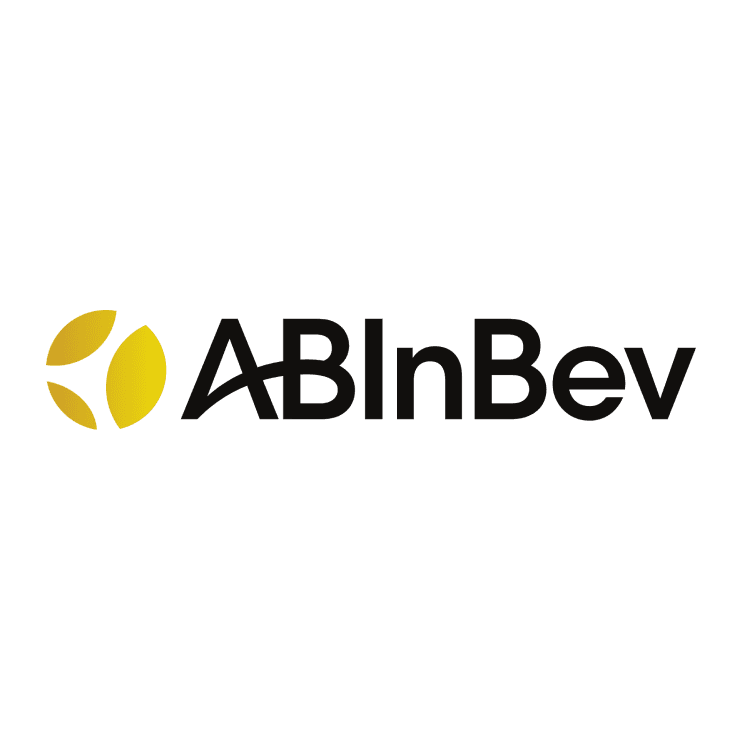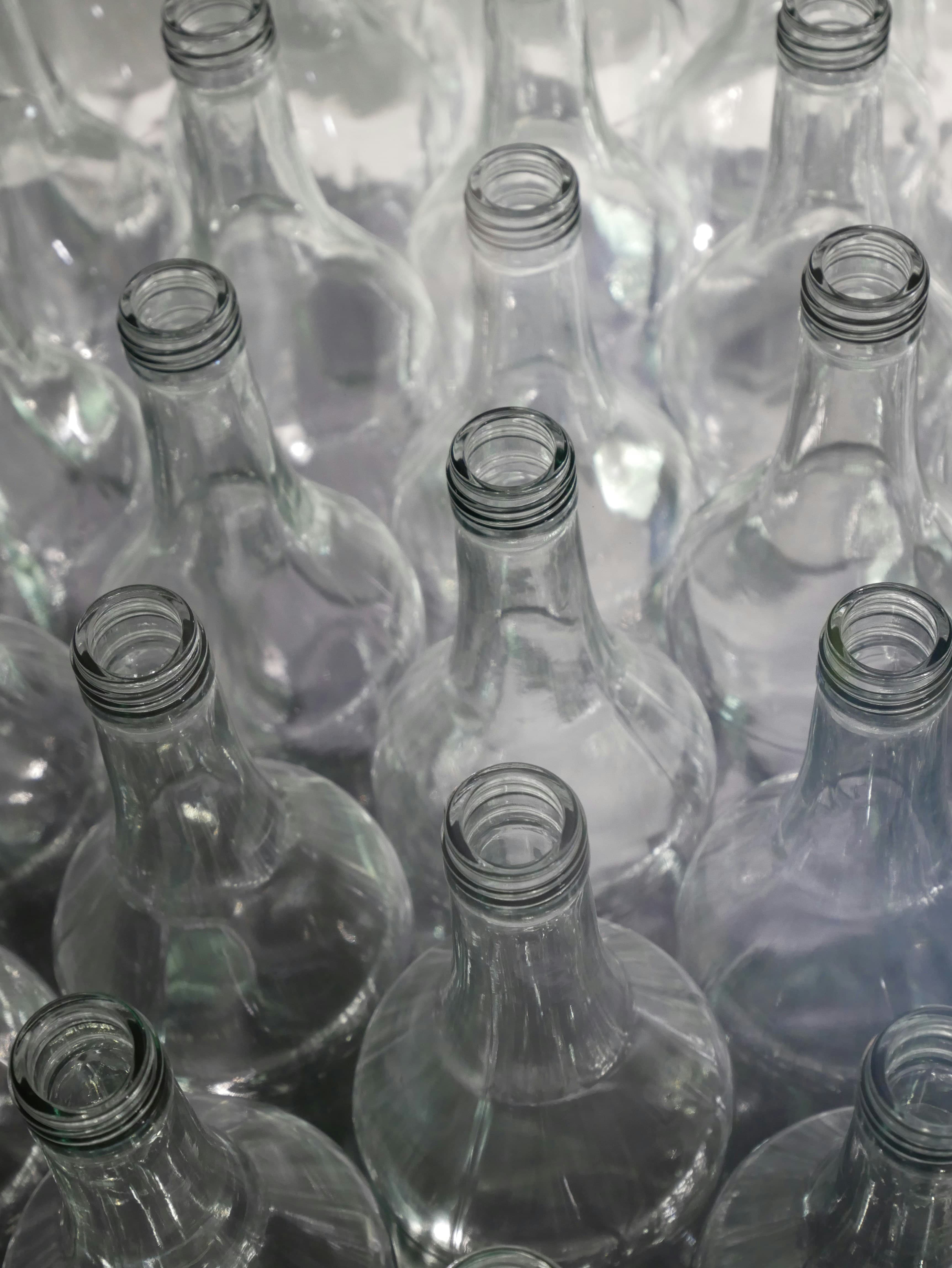Deploy magnetic compressors to decarbonize manufacturing
 Huaxing
Huaxing
总结
By replacing piston and centrifugal compressors, maglev air compressors deliver 13% energy savings, cut operating costs, and reduce Scope 2 emissions by 352 tCO₂e each year.
Context
Huaxing Glass is a leading manufacturer of glass packaging in China, where energy-intensive production processes drive high electricity demand
In the glass production industry, air compressors are crucial equipment. It not only provides the compressed air required in the production process, but also affects overall energy consumption and production efficiency to a certain extent. Compressed air energy consumption accounts for approximately 40% of production electricity consumption in glass bottle manufacturing facilities. With the rise of energy costs and stringent political and regulatory requirements regarding low carbon transition in China, how to improve the energy efficiency of air compressors has become a focus of attention for many enterprises.
Huaxing Glass has publicly committed to reducing its Scope 1 and Scope 2 emissions by 20% by 2030. To support the reduction of emissions and the increased use of renewable energy, all of Huaxing Glass's factories have installed rooftop solar panels. Although these investments have positive financial returns, the energy generated by these devices accounts for less than 12% of the total electricity consumption of the base. To significantly reduce Huaxing Glass's Scope 2 emission footprint through renewable energy, Huaxing Glass is now actively seeking opportunities to collaborate with external partners and bring projects that can significantly reduce carbon emissions to the market.
Solution
In 2024, Huaxing Glass partnered with Nanjing CIGU to pilot magnetic levitation (maglev) air compressors at two production sites. The project required a guaranteed energy-saving commitment from the supplier, with equipment returned at no cost if targets were not met.
Maglev compressors use frictionless bearings and high-efficiency motors to reduce energy consumption and eliminate the need for lubricating oil. During a 72-hour test, the technology delivered a 13% energy saving compared to conventional centrifugal compressors — equivalent to 611,861 kWh saved and an annual reduction potential of 352 tCO₂e per site.
Following successful validation, Huaxing has committed to scaling the solution across all its factories by 2027, contributing an estimated 5% reduction in company-wide Scope 2 emissions.
Figure 1: Magnetic levitation air compressor appearance

Figure 2: Operation status monitoring panel

Impact
Sustainability impact
Climate
Huaxing Glass has set 2022 as the baseline year for its Science Target Initiative (SBTi) short-term Scope 1 and Scope 2 emission targets: to reduce total emissions by 20% by 2030. In 2022, Huaxing Glass's total Scope 2 emissions were 352,845 tons of carbon dioxide equivalent (TCO2e).Through cooperation with Nanjing Magu Company, Fujian Huaxing is expected to reduce 352.94 tons of carbon dioxide equivalent per year after replacement, and Huaxing Glass Group will reduce 17,482 TCO2e per year assuming scale-up replacement, which is equivalent to a 5% reduction in emissions within the entire group compared to the base year, and a 1% reduction in total emissions within scope 1 and scope 2 compared to the base year.
Nature
The most prominent positive impact of the magnetic levitation air compressor project on the natural environment lies in its ultra-high energy efficiency during operation (significant energy conservation and carbon reduction), the complete elimination of all pollution and nature disturbing risks related to lubricating oil (soil, water, air), and the significant reduction of noise pollution.
Social
The low noise characteristics significantly alleviate the noise interference of factories on surrounding residential areas (especially at night), improve community relations, and reduce disputes.
Oil free design avoids lubricating oil leakage and pollution of soil/water sources, reduces air oil mist emissions, and improves regional air quality.
Improving energy efficiency by 20% directly reduces coal consumption in power plants, lowers emission mass load of pollutants such as SO ₂, NO ₓ, and PM2.5, and alleviates the risk of public respiratory diseases.
Business impact
Benefits
From a financial perspective, Huaxing Glass expects a 13% reduction in electricity costs and a 35% maintenance cost saving for its air compressor stations. In addition, in addition to cost savings, the percentage reduction of Scope 1+2 emissions (1% reduction).
Based on the feasibility study of Huaxing Glass, the one compressor installed at Great Wall Huaxing site is expected to save approximately 60,000 US dollars (USD) electricity cost and 3,000 USD maintenance costs annually.
Costs
The CAPEX for the magnetic compressor installed at Great Wall Huaxing site is approximately 127,000 USD and ROI accounting for electricity and maintenance saving is approximately 2 years.
Impact beyond sustainability and business
Co-benefits
Sharing energy-saving achievements and policy dividends, the project can significantly reduce the carbon footprint of enterprises and help achieve the national dual carbon goals; It can also assist enterprises in clean production, with 100% oil-free air, eliminating product pollution, and ensuring quality and environmental compliance.
Potential side-effects
From an environmental perspective, when selecting a facility location, it is necessary to consider the limitations of equipment environmental adaptability. In sensitive environments such as high temperature and high dust, long-term reliability needs to be carefully evaluated
Implementation
Typical business profile
Magnetic levitation air compressors have a significant advantage in energy-saving effects. It is best suited for large energy-intensive manufacturers (glass, steel, cement) with high compressed-air demand and mid-to-advanced net-zero maturity. In addition, Magnetic levitation air compressors meet the ISO8573-1 (Compressed Air - Contaminants and Purity Grades) CLASS 0 standard in terms of compressed air quality. The compressors may come with an intelligent communication port, which can be easily integrated to form a DCS system. AI computing can be used to effectively reduce pressure fluctuations, waste energy, and other functions.
Approach
Define Commitments: Establish clear energy-saving and emissions-reduction targets with the technology provider to ensure accountability (e.g., equipment return if savings are not achieved).
Pilot Testing: Select comparable conventional and magnetic levitation compressors at one site (Great Wall Huaxing) to test specific power consumption under the same conditions.
Expanded Evaluation: Install magnetic levitation compressors at a second site (Fujian Huaxing) to replace piston compressors and measure overall energy efficiency across the air compressor station.
Assess Scale-up Feasibility and ROI: Conduct a comprehensive feasibility study and investment return analysis based on pilot results to validate business case.
Scale up Across Group: Based on positive results, plan group-wide deployment by 2027 through either: Direct equipment purchase, or Contract energy management (service model).
Stakeholders involved
Internal Stakeholders involved
Senior executives – Provided strategic oversight and decision-making authority.
Energy Design Manager – Led energy planning, testing, and implementation of compressors.
Operations teams – Supported installation, monitoring, and performance evaluation.
External Stakeholders involved
Nanjing CIGU Technology – Technology partner responsible for supplying compressors, performance guarantees, and long-term service.
Government regulators – Ensured compliance with mandatory energy efficiency standards and alignment with China’s low-carbon policies.
Suppliers and contractors – Assisted with installation, integration, and maintenance.
Key parameters to consider
The equipment should focus on several key parameters, and the computer room must ensure sufficient and smooth supply of cold air (≤ 46 ℃). The higher the intake temperature, the lower the actual exhaust volume, and the higher the energy consumption; Stability of pressure demand, confirm whether the equipment can meet the requirements of pressure fluctuations; The air quality is 100% oil-free and dry.
The key to directly reducing unit costs at the source is to select high-efficiency equipment in each link and to ensure the continuous stability of products. Energy saving testing of equipment is a crucial factor to consider, and the tested flow meters are installed in the same exhaust pipeline without secondary installation adjustments. Read historical data of flow meters and electricity and generate statistical reports. During the testing period, both parties must sign and confirm the flow meter and electricity meter data before and after each stage and take photos for archiving and retention as a basis. The test ran without any faults for 45 days, and the actual flow data and meter data obtained from the test were statistically analyzed and compared.
Implementation and operations tips
In depth requirement analysis and system design, rigorous supplier selection and equipment selection, professional installation and commissioning, refined operation management, and clear communication around energy-saving and emission reduction goals.
